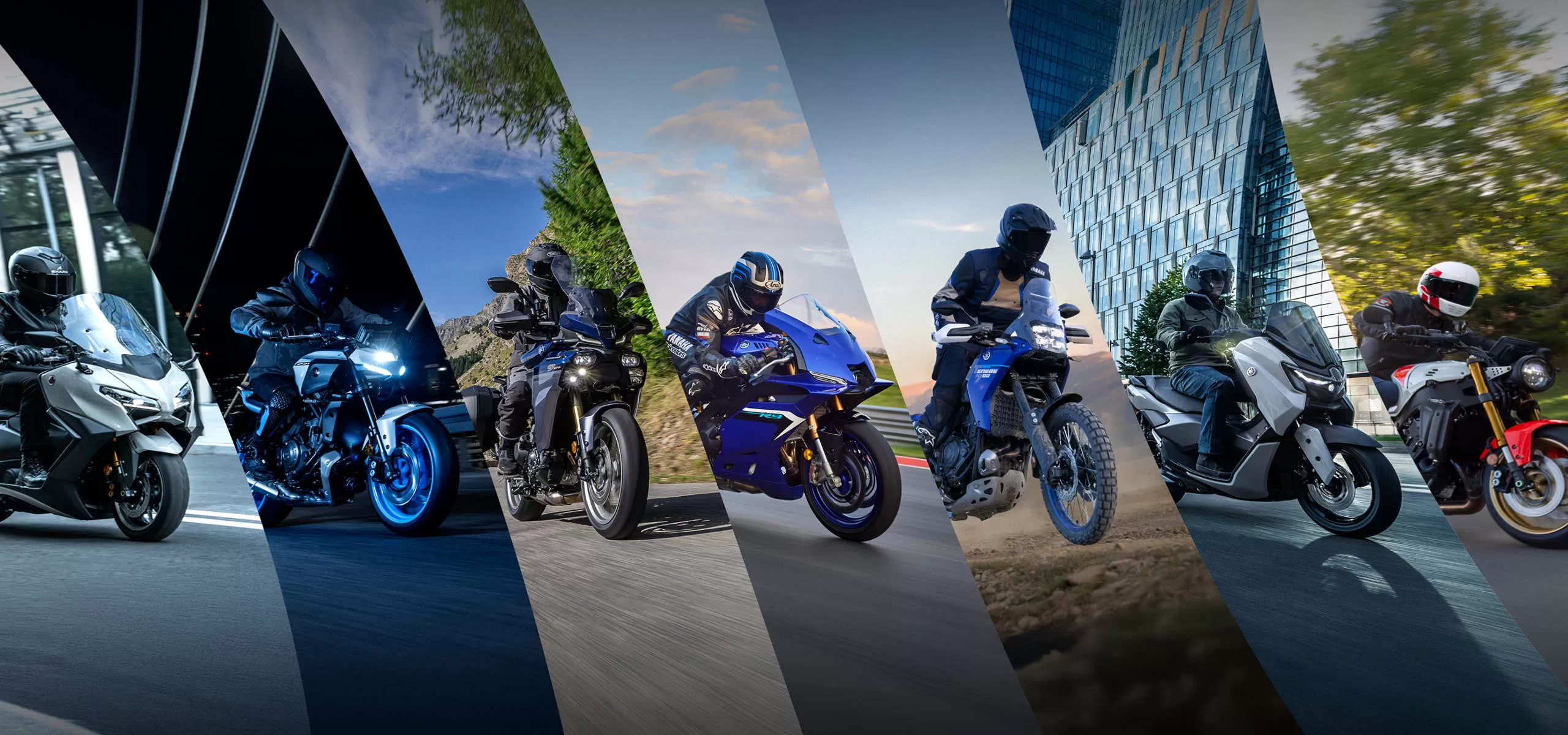How Many Volts Is a Motorcycle Battery?
Normal Voltage Ranges, Battery Types, Testing Methods, and Maintenance Tips
- Quick Answer: Most Modern Motorcycle Batteries Are 12 Volts
If you ride a motorcycle built in the last few decades, chances are it uses a 12-volt battery. A few older or small-engine models—especially vintage bikes from the 1960s and earlier—may run on 6-volt systems.
In practical terms:
- 12 V battery (fully charged) → 12.6–13.2 volts at rest
- 6 V battery (fully charged) → 6.3–6.6 volts at rest
These numbers matter because your bike’s electrical system is designed for a specific nominal voltage. Running too low can cause hard starts, dim lights, or even electronic damage.
- Why Motorcycle Battery Voltage Matters
Voltage is more than just a number—it determines how effectively your starter motor, ignition system, and onboard electronics function.
- Too low → Your starter may crank slowly or not at all.
- Too high → Risk of damaging bulbs, electronic control units, or battery plates.
- Stable voltage → Consistent performance, better cold starts, and longer battery life.
- Common Motorcycle Battery Voltages by Type
| Battery Type | Nominal Voltage | Fully Charged Voltage | Common Applications |
| Flooded Lead-Acid | 6 V or 12 V | 6.3–6.6 V / 12.6–13.2 V | Older classics, budget commuter bikes |
| AGM / Gel | 12 V | 12.8–13.2 V | Modern road bikes, touring motorcycles |
| Lithium (LiFePO₄) | 12.8 V | 13.2–13.4 V | Performance bikes, weight-sensitive builds |
- How to Check Your Motorcycle Battery Voltage
A digital multimeter is your best friend for this job.
Step-by-step guide:
- Turn off your motorcycle’s ignition and lights.
- Set your multimeter to DC voltage mode.
- Connect the red probe to the battery’s positive (+) terminal, black probe to negative (–).
- Read the voltage and compare it to the table above.
- If your voltage is well below the “fully charged” value, charge the battery before your next ride.
Pro tip: Test after the bike has been sitting for at least 30 minutes to avoid surface charge skewing results.
- Voltage Ranges in Different States of Use
- At Rest (Ignition Off) → 12.6–13.2 V for a healthy 12 V battery
- During Start-Up → Brief dip to ~10 V is normal, but it should bounce back fast
- While Charging (Engine Running) → 14.0–14.5 V for most systems
If your charging voltage is consistently below 13.5 V or above 15 V, your regulator/rectifier may be failing.
- Signs Your Battery Voltage Is Too Low
- Slow cranking or repeated click sounds
- Headlights dimming significantly at idle
- Dashboard resets or loss of radio presets
- Accessories (heated grips, GPS) shutting off unexpectedly
Ignoring these signs can lead to complete battery failure—and possibly leave you stranded.
- Why Lithium Batteries Hold Voltage Better
Lithium motorcycle batteries (especially LiFePO₄ chemistry) deliver a flatter voltage curve than lead-acid. This means:
- Consistent power delivery until nearly empty
- Better cold-weather performance
- Lower self-discharge rate during storage
If you’re considering an upgrade to a long-life, lightweight option, check out this 12 V LiFePO₄ motorcycle starting battery, designed for stable performance from –20 °C to 60 °C with built-in BMS and LED status indicators.
- Charging Considerations for Different Battery Types
Flooded Lead-Acid → Slow charge at 1–3 amps, full charge can take 8–12 hours.
AGM / Gel → Slightly faster, 6–8 hours at proper voltage limits.
LiFePO₄ → Often 1–3 hours with a compatible charger.
Overcharging any battery type can cause permanent damage, so follow manufacturer specs.
📖 Related reading: How Long to Charge a Motorcycle Battery: A Practical Guide for All Battery Types — covers exact charging times, charger selection, and BMS safety benefits.
- Battery Lifespan by Chemistry
- Flooded Lead-Acid → 2–3 years
- AGM / Gel → 3–5 years
- LiFePO₄ → 5–7+ years with proper care
Longevity depends heavily on avoiding deep discharges, using the right charger, and preventing prolonged storage in discharged state.
📖 Recommended guide: How Long Does a Motorcycle Battery Last? A Complete Guide to Battery Lifespan and Maintenance — includes seasonal storage tips, charging schedules, and how to spot early failure signs.
- Real-World Examples of Voltage Needs by Motorcycle Class
- Small Scooters (50–125cc) → Often use smaller capacity 12 V batteries; less tolerance for voltage drop.
- Cruisers (Harley-Davidson, Indian) → Need strong cold-cranking amps (CCA) for large V-twin engines; lithium can save weight and keep voltage stable.
- Sport Bikes → Benefit from lightweight lithium packs to improve handling and acceleration.
- Vintage Classics → May use 6 V systems; check before buying replacements.
- Maintenance Tips to Keep Voltage Healthy
- Check voltage monthly if the bike is in storage.
- Use a smart charger to maintain optimal voltage without overcharging.
- Avoid deep discharge—dropping below 11 V can harm lifespan.
- Keep terminals clean to reduce resistance and voltage drop.
- Store in moderate temperatures—avoid extreme heat or freezing cold.
- Key Takeaways
- Most modern motorcycles use 12 V batteries; older bikes may have 6 V systems.
- Healthy resting voltage for a 12 V battery is 12.6–13.2 V.
- Lithium batteries offer stable voltage, longer life, and lighter weight.
- Proper charging and seasonal maintenance can add years to battery life.


